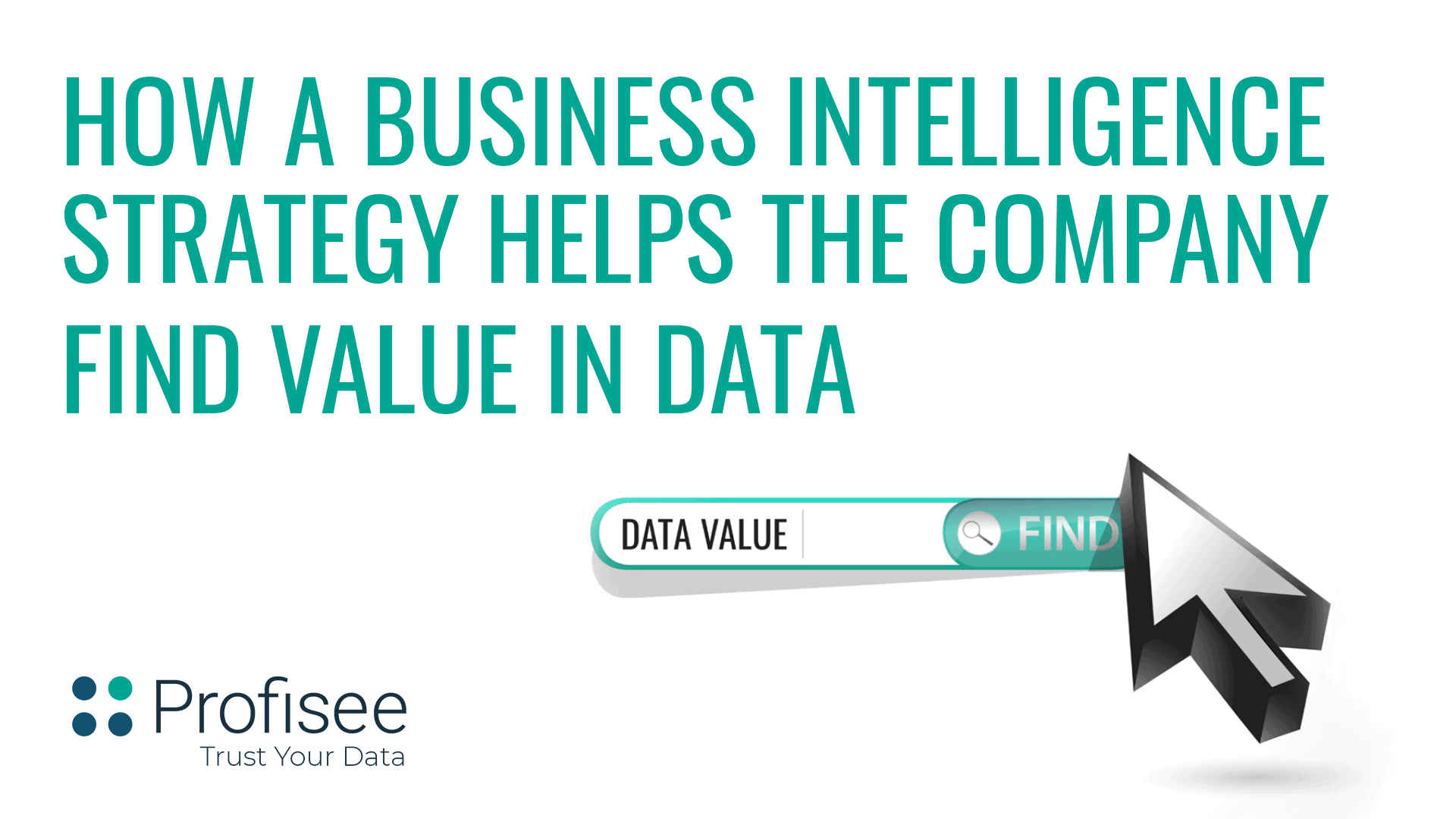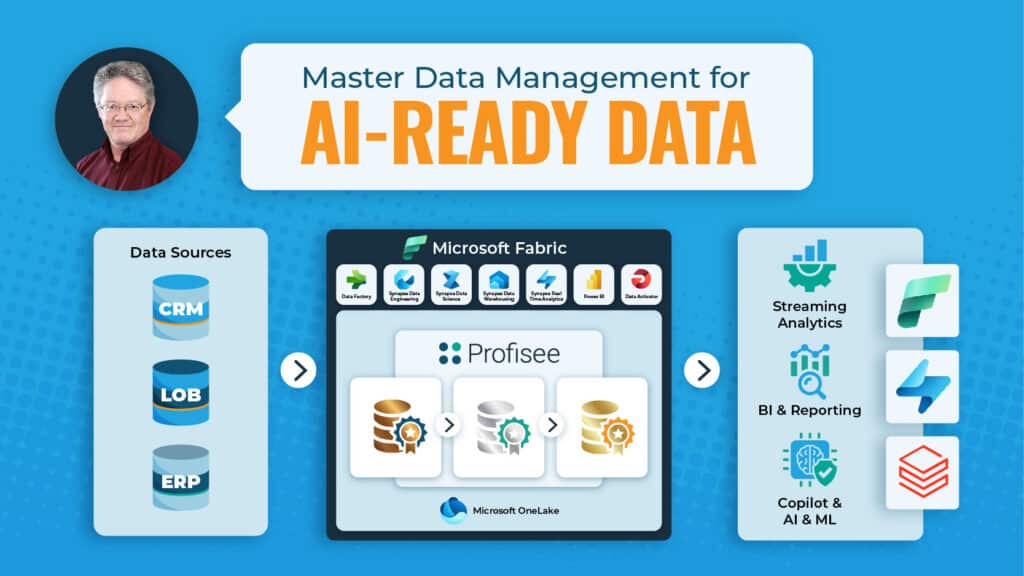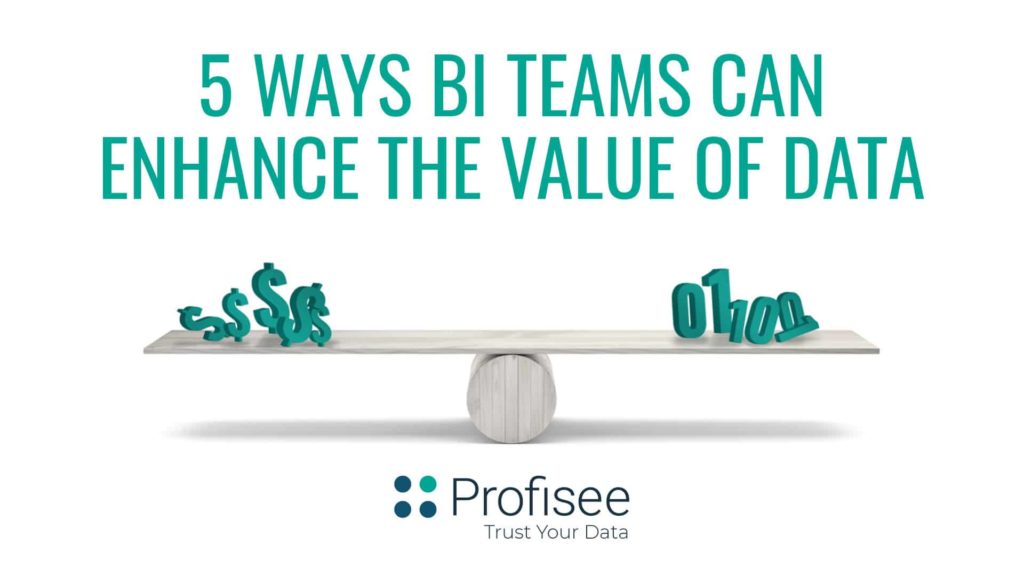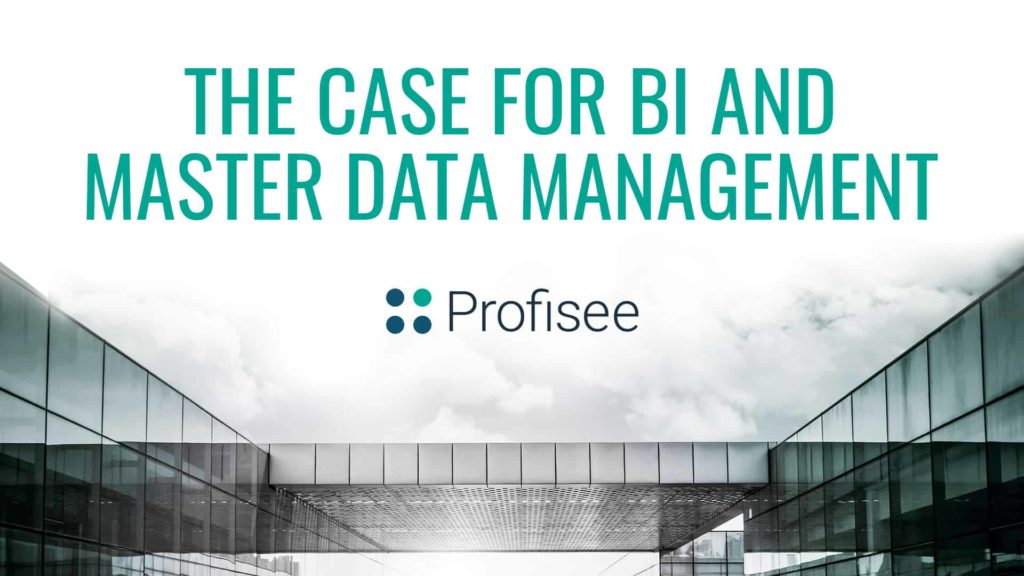The fact that there’s plenty of data easily within the BI practitioner’s reach doesn’t necessarily translate into definable value for the company.
That’s usually left to the business units operating the applications and processes that generate and make use of the data. But BI teams have significant opportunities to reach across the multitude of platforms and data sources they manage and define the value of the contributions they provide if they can bring order and consistency to the data as a whole.
Why
IT is still in the transition period between being an expense-based maintenance function and revenue-enabling innovation agency. The BI team, which often is a part of the IT group, can accelerate that transition within their own organizations by presenting tools to business units only they can envision and deliver. Consider these areas to concentrate on when looking for ways to improve business processes through the use of enterprise data.
KPIs – Most business units have their own ways of measuring key performance indicators (KPIs) but they are necessarily limited to the data available to them through the apps they use. The BI team can expand their views by bringing additional data sets to light to add deeper insights and enable easier cross-functional coordination between multiple departments.
Add value – Enterprise data serves the purpose of the applications that generate it but that data can be enhanced by adding more information through the process of data appending. BI teams can harness publicly available databases to add information to their existing records that can allow business units to better understand customers and their actions, then develop strategies based on those findings. The value they add to the data can then add value to the company.
Avoid failed projects – Some enterprise initiatives live on past their useful life through inertia, and projects that don’t produce expected results become burdens on profitability and can negatively affect overall company performance. BI teams should develop tools that look at performance based on trends in the data they produce and bring an unbiased view to the value of the data for those projects. Their findings should be presented as part of a periodic overarching review of multiple projects rather than singling out specific cases so that business units themselves are able to determine whether some projects should be continued or terminated.
Different stages of data produce different valuations
As BI teams look to define the real value of data they need to realize that data has different values at different stages. While data at some stages is fixed, its value can be changed and hopefully enhanced at other stages. Consider these stages and where you may be able to leverage and measure the value of your data.
Intrinsic value – Data generated and collected by the applications that run the business have intrinsic value as the business makes use of them in their processes. While the fact that this data is critical to the business it may be difficult to calculate its specific value, particularly if the business is largely digital. In that case it might be argued that the value of the data is equal to the value of the business. In almost all businesses the data that underlies its operations is likely to be critical to the organization’s ability to create value. BI teams should first assure that data is valid and consistent so that whatever value is assigned to it is valid.
Derived value – Companies can find value in their data beyond its intrinsic value by using it for additional purposes. For example transactional data collected through sales or product inquiries can be enhanced by appending additional data to provide more depth of understanding. The enhanced data should then be anonymized and analyzed to discover trends the company can act upon. The value created by these actions can more easily be tracked and calculated because they are independent and distinct from their intrinsic values.
Calculated value – When companies apply complex calculations or algorithms to their data to predict behavior or deliver new services they create new value from the use of that data. The accuracy and consistency of the underlying data is critical to the accuracy and outcomes based on the calculations. Calculated values of data are similar to derived values in that activities driven by them are more easily identified than that of intrinsic data because they are generally more independent and target specific business initiatives.
BI teams have excellent opportunities to understand the values of their business’s data but must assure that the data is in good condition and consistent so it can be used to drive the most value in the organization. Only then is data truly an asset for the business.

Forrest Brown
Forrest Brown is the Content Marketing Manager at Profisee and has been writing about B2B tech for eight years, spanning software categories like project management, enterprise resource planning (ERP) and now master data management (MDM). When he's not at work, Forrest enjoys playing music, writing and exploring the Atlanta food scene.















